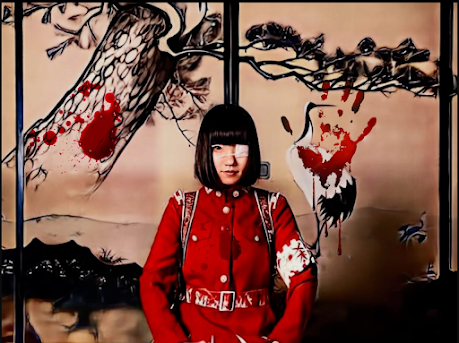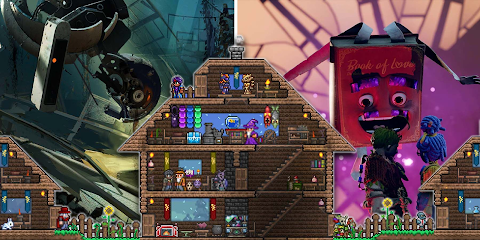The Terrifying Allure of Found Footage Horror Films
In the ever-evolving landscape of horror cinema, few genres have managed to grip audiences with the same intensity as found footage horror films. These movies, characterized by their raw and authentic presentation, have a unique ability to blur the lines between fiction and reality, leaving viewers in a state of spine-tingling fear. In this article, we delve into the captivating world of found footage horror, exploring its origins, elements, and why it continues to be a favorite among horror enthusiasts.
Unearthing the Origins
Found footage horror films found their footing with the release of "The Blair Witch Project" in 1999. This groundbreaking film introduced a new way of storytelling, presenting the narrative as if pieced together from discovered video recordings. The shaky camera work, realistic dialogue, and unknown fate of the characters created an unsettling experience that felt all too real. Since then, this subgenre has grown exponentially, captivating audiences with its innovative approach.
The Allure of Authenticity
What sets found footage horror films apart is their ability to create a sense of authenticity. By mimicking the style of home videos or documentary footage, these movies immerse viewers in a world that mirrors their own reality. This relatability intensifies the fear factor; the notion that these terrifying events could happen to anyone, anywhere, makes the horror hit close to home.
Playing on Fear of the Unknown
At the heart of found footage horror lies the fear of the unknown. The absence of a polished cinematic presentation and the deliberate use of ambiguity contribute to an atmosphere of uncertainty. Viewers are left to their imagination, conjuring horrors far worse than what could be explicitly shown on screen. This psychological aspect taps into primal fears, making the experience deeply unsettling.
Immersive and Intimate Experience
Unlike traditional horror films, found footage movies often lack a traditional score and rely on natural sounds. This heightens the sense of immersion, allowing viewers to feel as though they are present in the scene. The shaky camera movements and limited perspectives further enhance the feeling of being a part of the unfolding terror. This intimate experience leaves a lasting impact, making it hard to shake off the feeling even after the credits roll.
Exploring the Paranormal
Many found footage horror films delve into the supernatural and paranormal. Whether it's exploring haunted houses, encountering malevolent spirits, or investigating mysterious disappearances, the genre often capitalizes on humanity's fascination with the unknown. By blending reality with the supernatural, these films tap into a primal curiosity while also evoking bone-chilling fear.
Continued Popularity
Despite the passage of time and the evolution of cinematic techniques, found footage horror remains popular among horror aficionados. Its ability to elicit genuine fear, coupled with its relatively low production costs, keeps filmmakers returning to this subgenre. The close connection between the characters and the audience, combined with the feeling of witnessing real-life horror, ensures that found footage films continue to occupy a distinct and haunting place in cinema.
In conclusion, found footage horror films have carved a unique niche in the horror genre by offering an unparalleled sense of realism and fear. Their ability to immerse audiences in a world that feels just a step away from their own reality creates an intimate and spine-chilling experience that leaves a lasting impact. As long as the fear of the unknown persists, found footage horror films will continue to captivate and terrify, reminding us that sometimes, the most unsettling things are those that we can't explain.




Comments
Post a Comment